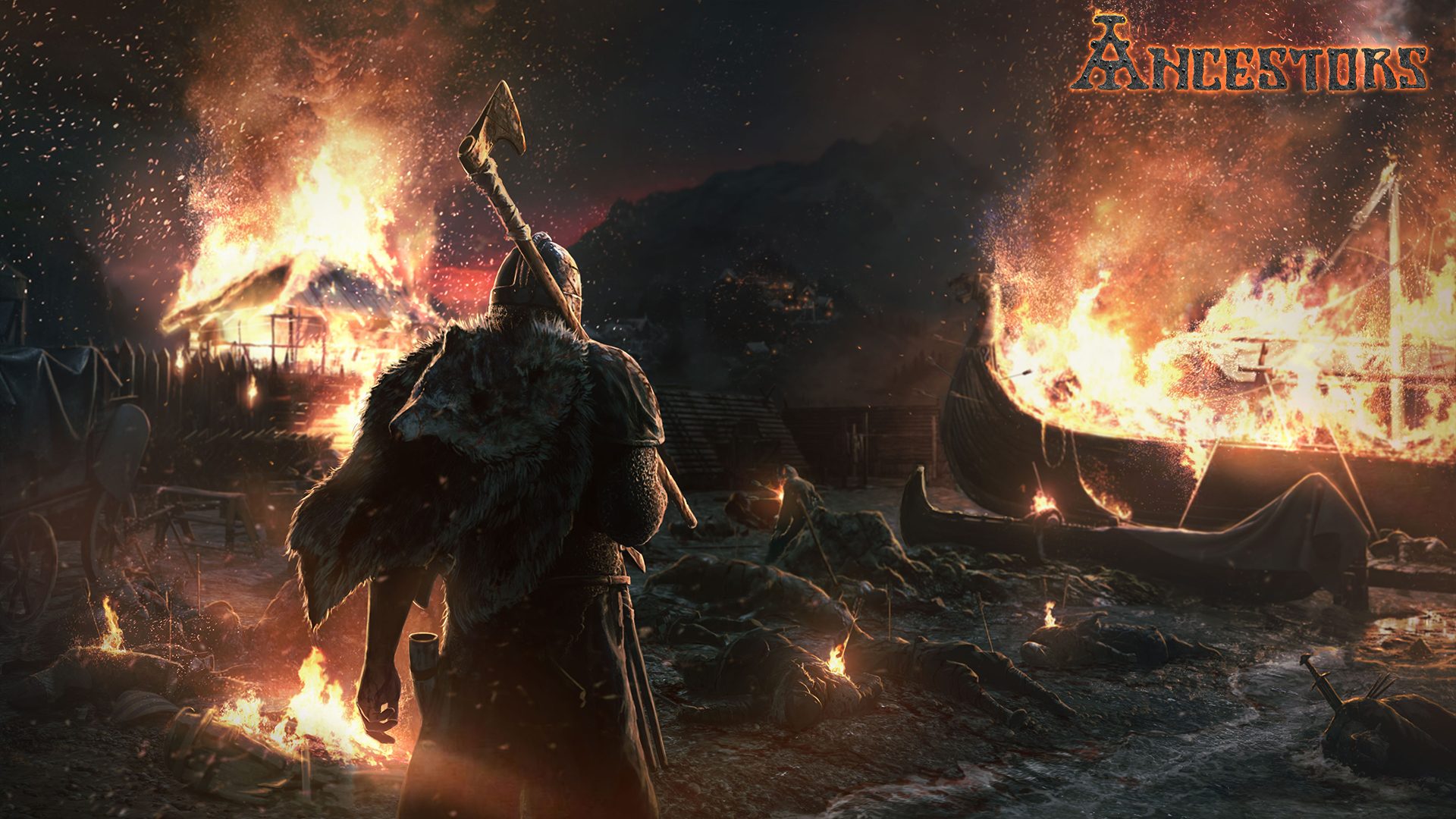
After spending almost the entire day at the frankly excellent 1C Company booth, GameRVW managed to get hands on with a litany of innovative titles available to play in the future, all of which we will be covering on the site in the next few days. First up, Ancestor’s Legacy.
Although the PC version of the game is already out, a console port is also on the horizon. Transferring a real-time strategy title to consoles seems, from the outside at least, to be fraught with difficulties and practicality issues. Chief amongst these is making it as easy as possible for players to access their full abilities and skill wheel, without the UI feeling clunky or awkward.
Playing on the Xbox One S, it seems as though the developer Destructive Creations has done a pretty flawless job of ensuring the experience is as similar as possible to the PC release. First of all, the unit selection works well, with a double tap of X on the landscape selecting all nearby units, and the ability to map selected units to one of the arrows on the D-Pad also helping in strategic grouping and the like.
Moving the units also comes across as fluid and relatively simple, allowing new players to get involved with the action easily but also providing enough variety to enable more skilled players to benefit from their time invested. Stealth continues this trend, with siege mechanics and the razing of settlements a particular highlight.
he four factions and their unique stories provide a rarified experience, with each campaign promising to last between 8-10 hours, depending on your play-style and knowledge of the game. With the title being so deeply rooted in actual historical events, it really is very easy to become invested in how everything plays out.
There are still some things to improve. It can sometimes be a little tricky to corral everyone on larger maps where, if you don’t play close attention, good men can get left behind. That being said, it may well be the case that this is only a problem for less experienced players who aren’t quite as agile with the control scheme. Another, admittedly fairly unavoidable, problem is that it is sometimes difficult to navigate the map, without the immediate response that a mouse provides.




